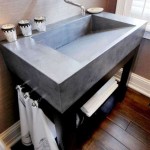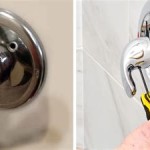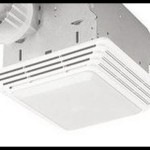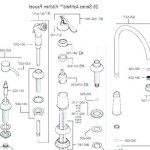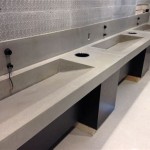I Have a Leak Under My Bathroom Sink: What to Do
Discovering a leak under your bathroom sink can be a stressful experience. Not only is it unsightly, but it can also lead to water damage and even mold growth if left unchecked. However, with a calm and methodical approach, you can often diagnose and address the leak without the need for a professional plumber. This article will guide you through the steps necessary to identify the source of the leak and provide practical solutions to fix it.
1. Identifying the Source of the Leak
The first step is to determine the source of the leak. This can be done by carefully inspecting the area surrounding the sink and its plumbing fixtures. Look for signs of water damage, such as warped wood, peeling paint, or discolored grout. Pay attention to the following areas:
- Sink Faucet: Check the faucet handles, the spout, and the connection points between the faucet and the supply lines. If you see any dripping or condensation, you've likely found the source of the leak.
- Supply Lines: The supply lines connect the faucet to the water shut-off valves under the sink. Examine these lines for cracks, leaks, or loose connections.
- Drain Pipe: Inspect the drain pipe for cracks, holes, or loose connections. Also, check the drain stopper for any signs of wear or damage.
- P-Trap: The P-trap is the curved pipe located under the sink that prevents sewer gases from entering the house. Inspect the P-trap for leaks or cracks.
If you're unable to pinpoint the leak, try running the faucet for a few minutes and carefully observing the area. The water droplets or condensation buildup will reveal the location of the leak.
2. Repairing Common Bathroom Sink Leaks
Once you've identified the source of the leak, you can move on to the repair. Here are some common leaks and how to fix them:
Faucet Leaks
Faucet leaks are often caused by worn-out washers or O-rings. These components, located within the faucet cartridge, seal the water flow when the faucet is turned off. To replace the worn-out parts:
- Turn off the water supply to the sink by turning the shut-off valves underneath the sink.
- Remove the faucet handle using a screwdriver or wrench.
- Depending on the faucet type, follow the manufacturer's instructions to access the cartridge. Some faucets require a special tool while others can be disassembled with pliers or a screwdriver.
- Once the cartridge is exposed, remove the old washer or O-ring and install a new one.
- Reassemble the faucet and turn the water supply back on.
Supply Line Leaks
Leaking supply lines can be caused by cracks, holes, or loose connections. For a minor leak in a supply line, try tightening the connections with a wrench. Be careful to avoid overtightening, as this can damage the connection. If the leak persists, you may need to replace the entire supply line.
Drain Pipe Leaks
Leaks in the drain pipe are often caused by cracks or holes. To fix a cracked drain pipe, you can try using a silicone sealant. However, if the crack is severe, you may need to replace a section of the pipe.
P-Trap Leaks
P-trap leaks can be caused by loose connections or cracks. To fix a loose connection, simply tighten the nuts connecting the P-trap to the drain pipe. If the leak is caused by a crack, you will need to replace the P-trap.
3. When to Call a Professional Plumber
While many bathroom sink leaks can be fixed with a little DIY effort, there are certain situations where it is best to call a professional plumber:
- The Leak is Extensive: If the leak is causing significant water damage, such as soaked drywall or warped flooring, it is best to call a plumber to assess the situation and ensure the damage is properly addressed.
- You're Unsure About the Repair: If you feel uncomfortable or unsure about any aspect of the repair process, it's safer to leave it to a professional plumber.
- The Leak is in a Difficult-to-Reach Area: If the leak is located in a tight or inaccessible area, a plumber will have the tools and expertise to reach it safely and efficiently.
- The Leak is Recurring: If the leak keeps coming back despite your attempts to fix it, there may be a deeper underlying issue that requires professional attention.

Bathroom Sink Drain Leaking Around Threads Premier Plumbing Inc

How To Fix A Leaking Bathroom Sink Paschal Air Plumbing Electric

Common Sink Leaks You Could Probably Fix Yourself

Hose Under Your Sink Is Leaking Here S What You Have To Do

How To Fix Pipework A Tap Faucet Leaking Under The Sink

Bathroom Sink Drain Leaking Around Threads Premier Plumbing Inc

Bathroom Leak Top 5 Causes Waterleak Co

The Do S And Don Ts Of Dealing With A Bathroom Sink Or Shower Leak

How Can I Stop My Sink From Leaking And Why Vent Inside Stinky Hometalk

How To Tell You Have A Leaking Pipe Under The Bathroom Sink Leak Tracers Direct
Related Posts
